Is Hyundai's Electric Kona the EV North America Has Been Waiting For?

Range anxiety remains the primary reason why most people don’t want to purchase an electric car. However, the overall recipe for today’s battery electric vehicles feels counter to what consumers are demanding. In the United States, all the top-selling electrics are whatever sedan or hatchback has a superior range. But, excluding the pricy Model X, there isn’t a single SUV or crossover among them (the Soul EV doesn’t count). Odd, considering that’s the body style most people are clamoring for right now.
That’s what makes Hyundai’s decision not to send the all-electric Kona immediately to North America a bit perplexing. We understand the brand probably feels some trepidation over sending another green car to the U.S. After all, the Ioniq could have performed better in its rookie year — despite being a totally serviceable alternative to Toyota’s Prius (as a hybrid) or Nissan’s Leaf (as a battery electric).
But the Kona EV has the potential to take the niche EV market by storm. Not only would it be the only electrified crossover that doesn’t require a lofty financial investment, it would also have an enviable range. More than enough to best the Chevrolet Bolt on a lengthy road trip, in fact.
That’s not to suggest Hyundai won’t eventually ship us the battery-powered Kona. We would wager the company’s bean counters are currently trying to assess the best way to deploy the vehicle. Presently, the Kona EV comes in two flavors — a basic model housing a 39.2 kWh battery pack (capable of hauling you 186 miles between charges) and a upscaled 64 kWh capacity version allowing for an estimated range of 292 miles. A full charge from a standard AC outlet will take over six hours, but Hyundai says it takes only 54 minutes on a DC fast-charger to restore around 80 percent of the car’s battery life.
As these are European specifications, we assume the EPA’s estimates will bring down the estimated range a tad. But these figures are still enough for the higher-spec trim to give Tesla Motors a run for its money, provided you aren’t thirsty for acceleration. While the Kona’s electric range is impressive, everything in Tesla’s lineup offers more power. But 133 horsepower and 291 lb-ft isn’t bad for the base model crossover — and the more expensive variant raises the bar to 201 horsepower and yields a 0-to-62 time of 7.6 seconds.
You’re also getting a desirable bodystyle with a normal-looking interior and enough funky flourishes (like a two-tone roof) to keep things modern on the outside. A front-facing charging port is a nice addition, too. Since most charging stations require you to pull into a parking space, we’ve long wondered why so many manufacturers have allocated the jacking area to the side of plug-in vehicles.
Add in an adjustable regenerative braking system, Apple CarPlay, Android Auto, navigation, wireless phone charging, and you’ve got yourself a nice little package. Both trims also come with Hyundai’s SmartSense, which includes adaptive cruise control, forward collision assist, lane keep assist, and blind spot warnings.
Hyundai hasn’t announced pricing but we’re absolutely positive it’ll come in far below Tesla’s $80,000 Model X. How much less remains to be seen, however. If the automaker can keep the base model around $30,000, that should place the decked-out version with the bigger battery up against the Tesla Model 3 and Chevy Bolt (with that sweet range advantage).
Of course, this is all under the assumption that Hyundai eventually brings the model to North America. So far, the company is only willing to say the Kona EV will hit Europe and South Korea later this year.
[Images: Hyundai]

A staunch consumer advocate tracking industry trends and regulation. Before joining TTAC, Matt spent a decade working for marketing and research firms based in NYC. Clients included several of the world’s largest automakers, global tire brands, and aftermarket part suppliers. Dissatisfied with the corporate world and resentful of having to wear suits everyday, he pivoted to writing about cars. Since then, that man has become an ardent supporter of the right-to-repair movement, been interviewed on the auto industry by national radio broadcasts, driven more rental cars than anyone ever should, participated in amateur rallying events, and received the requisite minimum training as sanctioned by the SCCA. Handy with a wrench, Matt grew up surrounded by Detroit auto workers and managed to get a pizza delivery job before he was legally eligible. He later found himself driving box trucks through Manhattan, guaranteeing future sympathy for actual truckers. He continues to conduct research pertaining to the automotive sector as an independent contractor and has since moved back to his native Michigan, closer to where the cars are born. A contrarian, Matt claims to prefer understeer — stating that front and all-wheel drive vehicles cater best to his driving style.
More by Matt Posky
Latest Car Reviews
Read moreLatest Product Reviews
Read moreRecent Comments
- Redapple2 Dear lord ! That face. HARD NO.
- Urlik Let’s ban for all. Having that data anywhere leaves it open to the Chinese government potentially hacking systems to get the data.
- Redapple2 Gen 1 - 8/10 on cool scale.Gen 2 - 3/10.
- SCE to AUX "...to help bolster job growth and the local economy"An easy win for the politicians - the details won't matter.
- Kjhkjlhkjhkljh kljhjkhjklhkjh so now we will PAY them your tax money to build crappy cars in the states ..



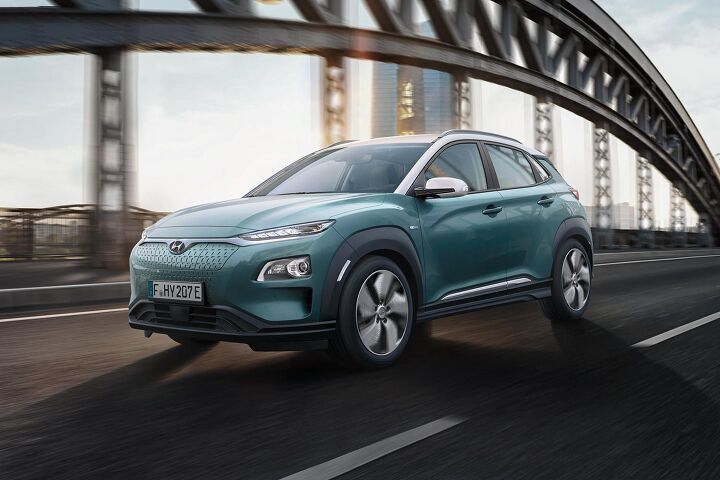


















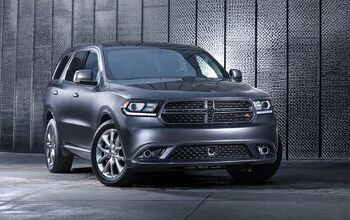

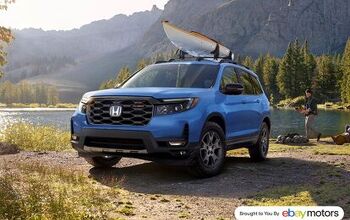
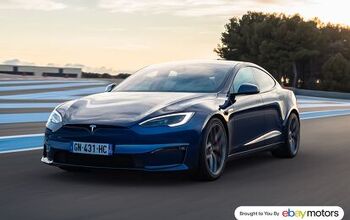
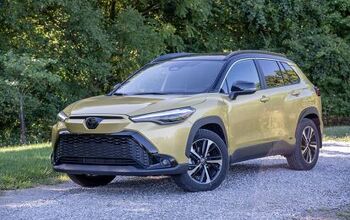
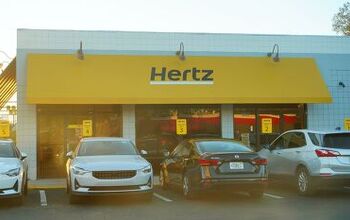


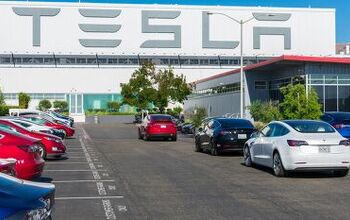
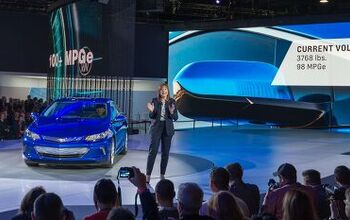
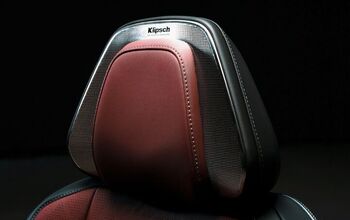
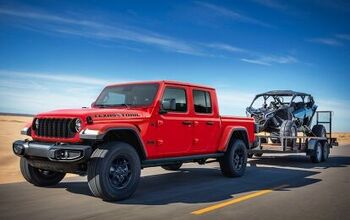



Comments
Join the conversation
The reason that most companies aren't stupid enough to put the charge port in the front end is that is far and away more likely to be damaged in a light accident that would otherwise leave the vehicle usable. Mess up the charge door so it won't open or won't close once you do open it and the car is rendered useless from a light impact. In a heavier impact now you may need to replace the wiring harness as well as the port and door. So the smart place is to put it on the side of the car where it is less likely to get damaged.
The market does not need another small EV, though one styled like a tiny SUV would assuredly sell better than one styled like an inflatable hatchback. We really need a compact to midsize CUV. I know, I know, weight and aerodynamics will make them horribly inefficient--but if people can trade "up" from a 36 mpg Civic to a 24 mpg CRV without complaint, maybe they could stomach trading "up" from 240 to 180 miles of range.